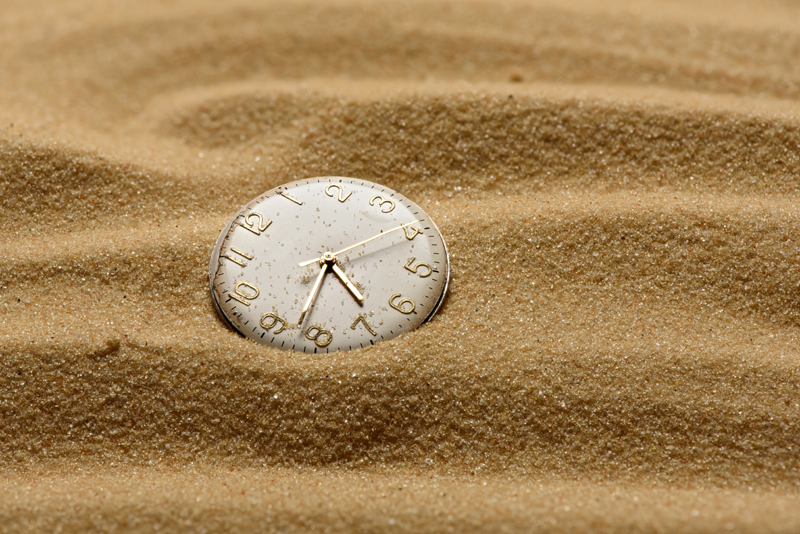Canvas Drop Cloth Projects

Drop cloths, those heavy cotton duck protective canvas fabric coverings used by painters and remodelers to cover furniture, flooring and equipment from paint spills and dust and debris during any remodeling project is an economic choice in sewing easy home décor projects. From kid’s play teepees, to no-sew curtains and valences, toss pillows, table runners, stenciled play mats, indoor/outdoor rugs, shade coverings and so much more, this budget-friendly, durable and functional fabric lends an air of casual cozy elegance to any room.
Tips to consider when sewing with drop cloths:
Depending on the weight of the drop cloth, it is suggested that the cloth be washed and dried before using. Drop cloths can be somewhat stiff right out of the package and washing can soften it considerably. Use an iron-on fabric starch to return desired stiffness to the fabric.
If the drop cloth is to be bleached to lighten the fabric consider that after bleaching some residue will remain and should be neutralized as some bleaching effects continue long after the fabric has been washed and rinsed. Damages to bleached cloth will be evident as areas of thinning or fuzzing. Ammonia or vinegar or any acidic type product should not be considered a neutralizer for chlorine bleach. If bleaching the cloth in the washer, follow with several (three or four) rinse cycles. A solution made of 3% hydrogen peroxide mixed with water at a ratio of 1:10 works well as a neutralizer in the final rinse.
Use a sturdy denim sewing machine needle (has a larger eye and sharp point) and top-stitching or heavy-duty thread. A walking or even-feed presser foot helps to keep the thick fabric feeding through the machine evenly especially when sewing very long seams. Increase the stitch length to a 3.5 or 4 for best stitching results. If a heavy top stitching thread is used in the top thread spool, use regular weight thread in the bobbin. Since the drop cloth fabric is thick, sew with a slower machine speed to avoid bending the machine needle.
Drop cloth fabric tears easily along the grain line, making it easy to cut a small slit in the fabric edge and tear a straight line. Also, the hemmed edges of the drop cloth can be an advantage and a sewing time saver.
A drop cloth provides an airy, casual, summer cottage ambiance to rooms when made into slip covers, table runners, curtains, casual throw pillows, market totes and even as painted and stenciled floor coverings. However, this cloth is designed to soak up stains and prevent damage to furniture or flooring as it’s originally meant to be used as protective covering. Most all painters and remodelers use them. However, this cloth was never meant as a reupholstering fabric for example, using it to reupholster a dining room or accent chair. The cloth has some absorbent qualities even after several applications of stain and water repellent fabric protection that may have been applied.
A natural canvas drop cloth is a durable choice for an outdoor rug. This 100 percent cotton duck fabric comes in different weights – lightweights can be 6, 7 or 8 ounces a yard or up to a substantial 10 ounces a yard with stitched hems and seams. Most common sizes are 6x9, 9x12 and 12x15.
Drop cloths can be found in any hardware store. Search for drop cloth project ideas on many online crafting websites for creative inspiration.
Drop Cloth Décor from Martha Stewart
Home Décor Projects from a Drop Cloth found on Pinterest.com
Sew happy, sew inspired.
Tips to consider when sewing with drop cloths:
Depending on the weight of the drop cloth, it is suggested that the cloth be washed and dried before using. Drop cloths can be somewhat stiff right out of the package and washing can soften it considerably. Use an iron-on fabric starch to return desired stiffness to the fabric.
If the drop cloth is to be bleached to lighten the fabric consider that after bleaching some residue will remain and should be neutralized as some bleaching effects continue long after the fabric has been washed and rinsed. Damages to bleached cloth will be evident as areas of thinning or fuzzing. Ammonia or vinegar or any acidic type product should not be considered a neutralizer for chlorine bleach. If bleaching the cloth in the washer, follow with several (three or four) rinse cycles. A solution made of 3% hydrogen peroxide mixed with water at a ratio of 1:10 works well as a neutralizer in the final rinse.
Use a sturdy denim sewing machine needle (has a larger eye and sharp point) and top-stitching or heavy-duty thread. A walking or even-feed presser foot helps to keep the thick fabric feeding through the machine evenly especially when sewing very long seams. Increase the stitch length to a 3.5 or 4 for best stitching results. If a heavy top stitching thread is used in the top thread spool, use regular weight thread in the bobbin. Since the drop cloth fabric is thick, sew with a slower machine speed to avoid bending the machine needle.
Drop cloth fabric tears easily along the grain line, making it easy to cut a small slit in the fabric edge and tear a straight line. Also, the hemmed edges of the drop cloth can be an advantage and a sewing time saver.
A drop cloth provides an airy, casual, summer cottage ambiance to rooms when made into slip covers, table runners, curtains, casual throw pillows, market totes and even as painted and stenciled floor coverings. However, this cloth is designed to soak up stains and prevent damage to furniture or flooring as it’s originally meant to be used as protective covering. Most all painters and remodelers use them. However, this cloth was never meant as a reupholstering fabric for example, using it to reupholster a dining room or accent chair. The cloth has some absorbent qualities even after several applications of stain and water repellent fabric protection that may have been applied.
A natural canvas drop cloth is a durable choice for an outdoor rug. This 100 percent cotton duck fabric comes in different weights – lightweights can be 6, 7 or 8 ounces a yard or up to a substantial 10 ounces a yard with stitched hems and seams. Most common sizes are 6x9, 9x12 and 12x15.
Drop cloths can be found in any hardware store. Search for drop cloth project ideas on many online crafting websites for creative inspiration.
Drop Cloth Décor from Martha Stewart
Home Décor Projects from a Drop Cloth found on Pinterest.com
Sew happy, sew inspired.

Related Articles
Editor's Picks Articles
Top Ten Articles
Previous Features
Site Map
Content copyright © 2023 by Cheryl Ellex. All rights reserved.
This content was written by Cheryl Ellex. If you wish to use this content in any manner, you need written permission. Contact Cheryl Ellex for details.







